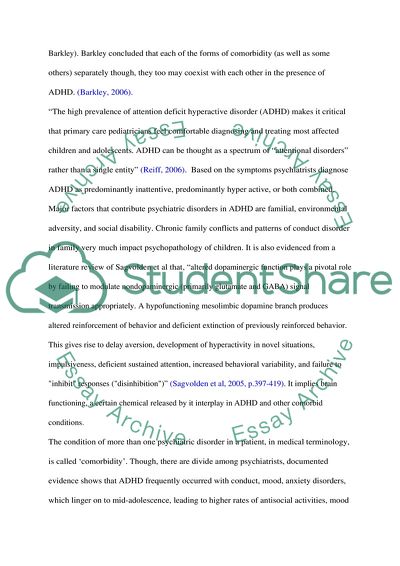Cite this document
(Co-Existing Psychiatric Disorders Assignment Example | Topics and Well Written Essays - 1250 words, n.d.)
Co-Existing Psychiatric Disorders Assignment Example | Topics and Well Written Essays - 1250 words. https://studentshare.org/medical-science/1710327-attention-deficiency-disorder
Co-Existing Psychiatric Disorders Assignment Example | Topics and Well Written Essays - 1250 words. https://studentshare.org/medical-science/1710327-attention-deficiency-disorder
(Co-Existing Psychiatric Disorders Assignment Example | Topics and Well Written Essays - 1250 Words)
Co-Existing Psychiatric Disorders Assignment Example | Topics and Well Written Essays - 1250 Words. https://studentshare.org/medical-science/1710327-attention-deficiency-disorder.
Co-Existing Psychiatric Disorders Assignment Example | Topics and Well Written Essays - 1250 Words. https://studentshare.org/medical-science/1710327-attention-deficiency-disorder.
“Co-Existing Psychiatric Disorders Assignment Example | Topics and Well Written Essays - 1250 Words”. https://studentshare.org/medical-science/1710327-attention-deficiency-disorder.


